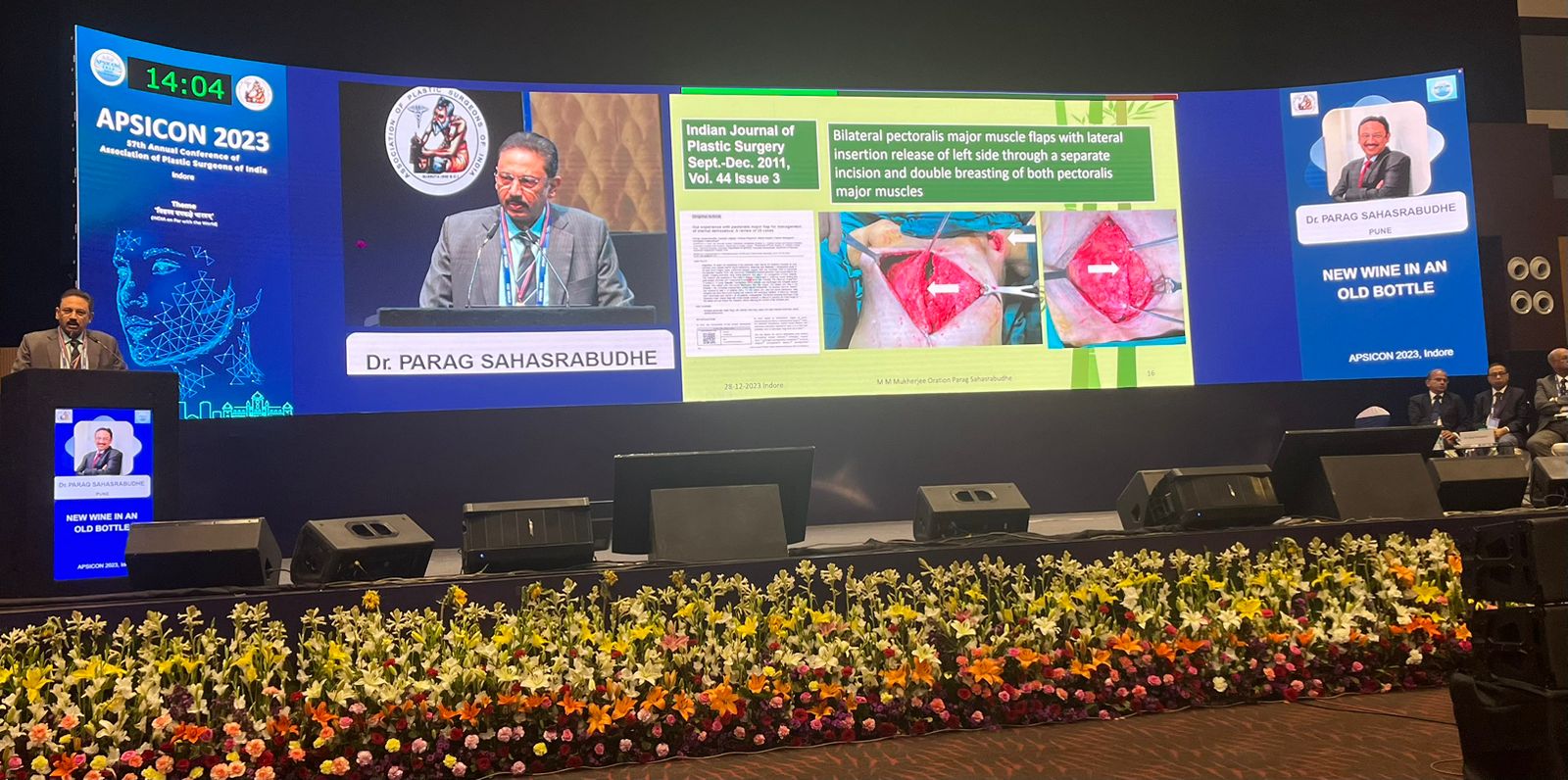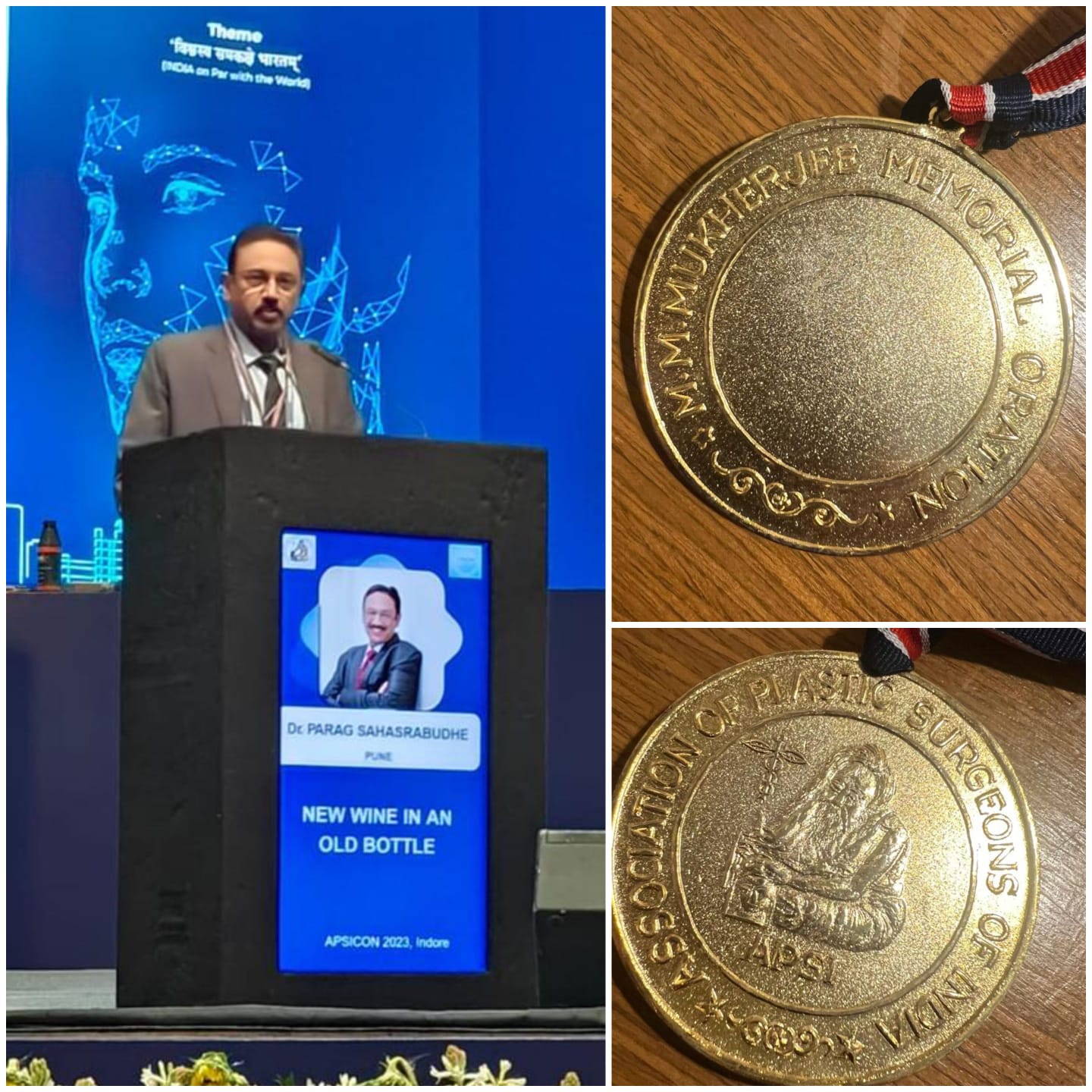Low Light Laser Therapy

Laser light generated by low-powered (cold) lasers has been widely used for over thirty years for medical purposes. The physics, chemistry and biology of laser light interaction with human tissue are well documented. There have been no reported side effects from LLLT treatments, which are painless and non-toxic. Low level laser light, when applied to the scalp, is one of the newest therapies to treat hair loss.
The laser is a device for producing and emitting light of a very specific wavelength and power (wattage). The specificity (coherence) of wavelength is what makes lasers unique. The wavelength (colour) of laser light and the wattage are selected for the specific purpose to be accomplished. Thus, lasers that emit narrow wavelengths of green, red, infrared, etc., are selected and paired with appropriate wattage for specific purposes. The laser light used for treatment of pattern hair loss is visible red light with wavelength of 630-670 nanometres and low power (wattage).It’s use in treating hair loss and other medical conditions is defined as low-level laser therapy (LLLT). LLLT is sometimes included under a broader definition of phototherapy called “low-level light therapy” where the light-emitting device may be a laser or a light-emitting diode (LED).
Hair loss and LLLT
When laser light interacts with living tissue it stimulates a series of chemical and physical tissue reactions. Thelight energy is absorbed by target tissue molecules, the energy level of the molecules is increased and the molecules respond by “working off” the excess energy with adaptive changes. These changes may be chemical or physical and they may have biological effects on the target tissue or surrounding tissues.
For purposes of stimulation of hair growth red light (in the spectrum of 630-670 nanometres and low power) has been found to most effective.Red light in that narrow spectrum at low power is absorbed by hair follicle molecules critical to stimulating hair growth or regrowth. Absorption of light by the hair follicle molecules is essential in order for biological reaction to be stimulated in the molecules. If light is not absorbed, no photobiological reaction will occur.Research has shown that visible red laser light in the 630-670 nanometerspectrum is absorbed by an intracellular enzyme (cytochrome c). Photobiological reactions stimulated in cytochrome c sends signals throughout cells of the hair follicle, stimulating enhanced gene activity, decreased apoptosis (gene-regulated cell death), and other changes that enhance cell activity and survival. LLLT does not stimulate hair regrowth in every person. If intracellular molecules are unable to absorb laser light, or unable to adequately respond to absorbed light, no stimulation of hair regrowth will occur. Experience has shown that stimulation of hair regrowth by LLLT is more likely to occur when hair loss is minimal to moderate, less likely when hair loss is major and/or long standing. Physician hair restoration specialists who use LLLT in a treatment plan for a patient’s pattern hair loss have often noted that LLLT is more effective when used in conjunction with other medical therapies such as minoxidil or finasteride. This technique is designed around a scientific concept known as photo bio-therapy. This involves the use of laser lights to stimulate cell growth. As with drug treatments, patients who seem to respond to this form of therapy have areas of thinning, rather than areas of the scalp those are completely bald. Laser therapy for hair loss can be administered in a doctor’s office and is also available in a smaller home version.Hand-held “comb”, “brush” or “cap” laser devices are marketed for use at home. Larger “hood” or “cap” devices are used in hair restoration clinics.
At Hairrevive we provide the 100 Laser Diodes, 650nM, Flat Panel laser for hair loss treatments. The schedule for treatment is decided after a formal and thorough examination. It may range from twice a week for 15 mins to once a week.
Hand-held devices are sold for home use in treating hair loss. HairMax provides lasers which are located in a vertical line along the center of the LaserComb device. As the LaserComb moves across the head, the patented hair-parting teeth device pushes aside hair to create a direct path between the laser beams and the scalp. The HairMax device was cleared by the FDA for use in promoting hair growth in males who have Hamilton-Norwood Type II to Type V androgenetic alopecia (hair loss) and in females who have Ludwig (Savin) Types I-4, II-1, II-2, or frontal patterns of androgenetic alopecia (see Hair Loss and Its Causes). It received FDA 510(k) Clearance for Marketing both men and women. The key component of the clearance was a clinical study proving efficacy and safety of the device. Both devices are available for purchase without a prescription from reputable online sites, directly from the manufacturer or, in the case of HairMax, also through a hair restoration doctor’s office.
Quick Enquiry
Contact Us
5 Shree Dhanalaxmi Society,
Off Senapati Bapat Road,
Near Symbiosis College,
Shivajinagar, Pune 411016.





